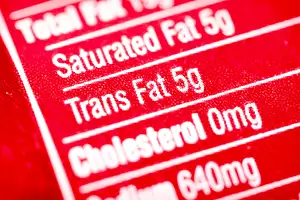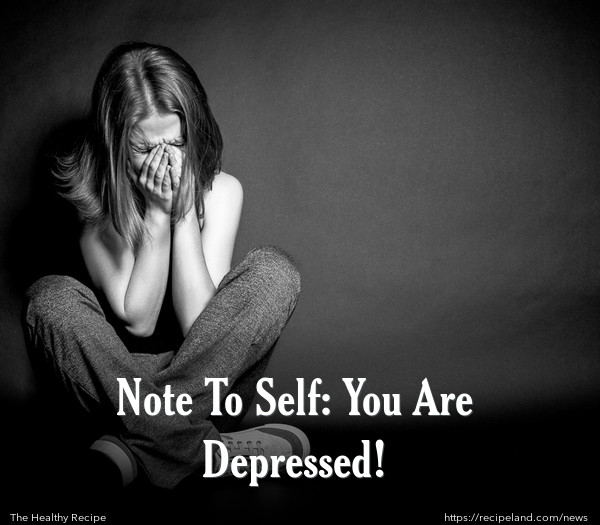Are you missing the physical signs of depression that your body is sending you?
Depression is a major health issue in Australia. The Australian Government reports:
- One million people currently suffer from depression.
- One in seven Australians will be affected by depression in their lives.
- Depression is on the rise – from 6.8% in 2008 to 10.3% currently.
Many are suffering from depression, but do not have feelings of sadness. Sixty-nine percent of women who have depression only have the physical symptoms. Some of the physical symptoms linked with depression are:
- Constant fatigue
- General aches and pains that do not go away
- Trouble going to sleep and staying asleep
- No energy or motivation to complete daily tasks
- Tiredness in the afternoon, even after a good night’s sleep
- Anxiety, confusion, or inability to handle stress on a daily basis
- Overeating and cravings for carbohydrates or sweets
Researchers from the University of Washington report that if you have two or more of these physical signs of depression, you could be depressed without knowing it.
Fortunately, there are some simple steps you can take to chase away the blues.
- Eat more avocados. Eating ½ of an avocado each day will lower your risk of depression by at least 25%. Avocados are full of monounsaturated fats. These fats encourage your brain to produce dopamine.
- Add a multivitamin to your morning routine. Taking a multivitamin with vitamin D and folic acid will improve your mood by 30% in 2 weeks. Vitamin D and folic acid cause your brain to make antidepressant hormones. Take your multivitamin with breakfast because it is when your body has the highest ability to absorb nutrients.
- Enjoy dark chocolate. Eating just one ounce of dark chocolate each day can instantly improve your mood. This delicious treat causes a raise in your endorphin and serotonin levels.
- Pack a snack. Eating a low-fat, high-starch snack such as a baked potato, unbuttered popcorn, or a bowl of cereal can help you feel better within 30 minutes. These treats increase the levels of tryptophan in the brain and contribute to the body’s production of serotonin.
- Relax. Skip a few household chores and take the time to unwind. This lowers your body’s production of cortisol and increases its levels of serotonin.
- Spend time with people. Laughing and chatting with a friend for at least 10 minutes twice a week can chase away the blues. If your friends are far away, you can have the same results by talking on the phone or communicating through Facebook or email. Spending one hour a week in a group, club, choir, or exercise class can also improve your mood.
- Set the proper stage. The lighting around you has a direct effect on your biological clock. To improve your mood and sleep patterns, take advantage of natural light and use high-wattage light bulbs during the day. At least one hour before going to bed, dim the lights and turn off any electronic devices that give off light.
- Release your inner diva. Singing along with the radio for 10 to 15 minutes each day causes the brain to produce alpha brain waves. These brain waves cause calming, happy thoughts. Dancing can also lower the physical effects of depression. The rhythmic motion of dancing combined with being physically active causes your body to produce mood-enhancing hormones.
- Pamper yourself. For a 25 percent decrease in the physical effects of depression and a 30 percent increase in endorphin production, indulge in a few 20-minute massages each week.
- Sleep more. Women who stay up until midnight are four times more likely to suffer from depression. Going to bed by 11 p.m., just one hour earlier, keeps your biological clock running properly and helps your brain produce antidepressant hormones.
Source: https://www.ivillage.com/depression-symptoms-other-sadness-and-how-be-happy/4-a-539660?nlcid=h%7C06-27-2013%7C&_mid=1346333&_rid=1346333.5802.299090;
https://www.whitecloudfoundation.org/depression-facts;Australian Bureau of Statistics, 2008;Beyond Blue (www.beyondblue.org.au);Australian and NZ Journal of Psychiatry, South Australian Sample Group;survey period 1998, 2004 and 2008;
ABS Data released 20th March 2012Perceived need for mental health care and barriers to care in the Netherlands and Australia: Soc Psychiatry Epidemiol. 2011 October; 46(10): 1033-1044;
Image courtesy of Sira Anamwong / FreeDigitalPhotos.net










Comments